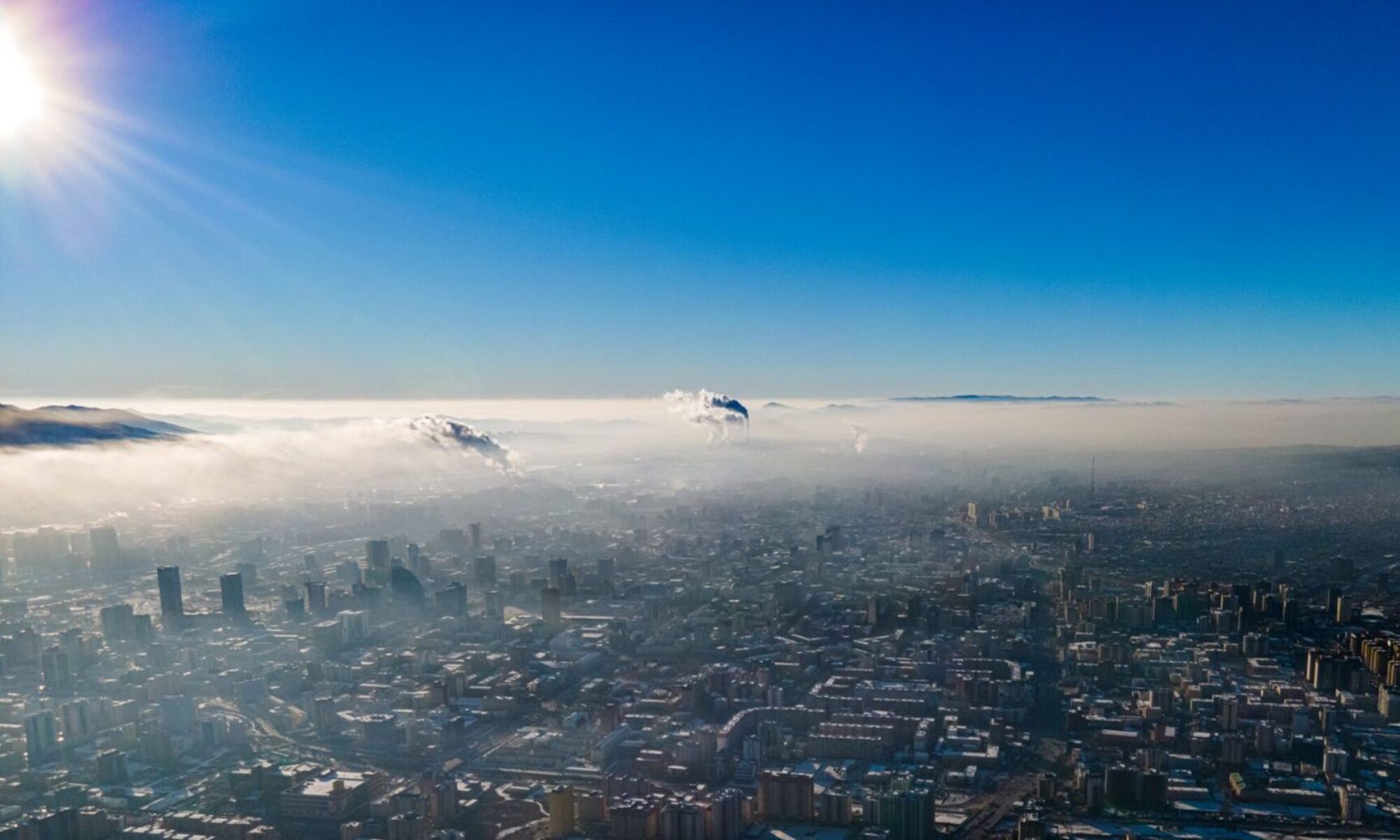
To clean flue gases from dust residues, solid particles, SO 2 , NO x and H 2 S, a combination of two modernized emulsifiers connected in series is included in the DIS:
– in the first, water, cleaning from dust and a small part of SO 2 proceeds ;
– in the second, reagent , NO x , H 2 S and SO 2 residues are cleaned ; (reagent – soda or caustic soda, potash, limestone, etc.)
The flue gases enter the bottom of the scrubber into a swirl where they swirl in the cell blades. The swirling gas flow enters the top of the emulsifier and is irrigated with water supplied through nozzles to each cell. When water interacts with flue gases, a foam layer is formed, which is collected above the blades. The rotation of this foam layer helps to increase the interfacial contact surface between the gas and the atomized water. The atomized water traps particles of ash and sulfur oxides. Purified gases are removed through the outlet gas duct. The resulting slurry with the trapped harmful components is drained to the conical bottom of the scrubber, from where it is removed through a water seal.

The principle of operation of the reagent emulsifier, in which a special reagent is used instead of water, designed to remove sulfur and carbon oxides, is similar to the previous water emulsifier. But at this stage, the reagent does not merge into waste, but is regenerated and used repeatedly.
The cleaning efficiency of the proposed combination of modernized emulsifiers is higher than other existing analogues and is more than 99%. The use of such emulsifiers makes it possible to achieve a significant reduction in emissions into the atmosphere.

